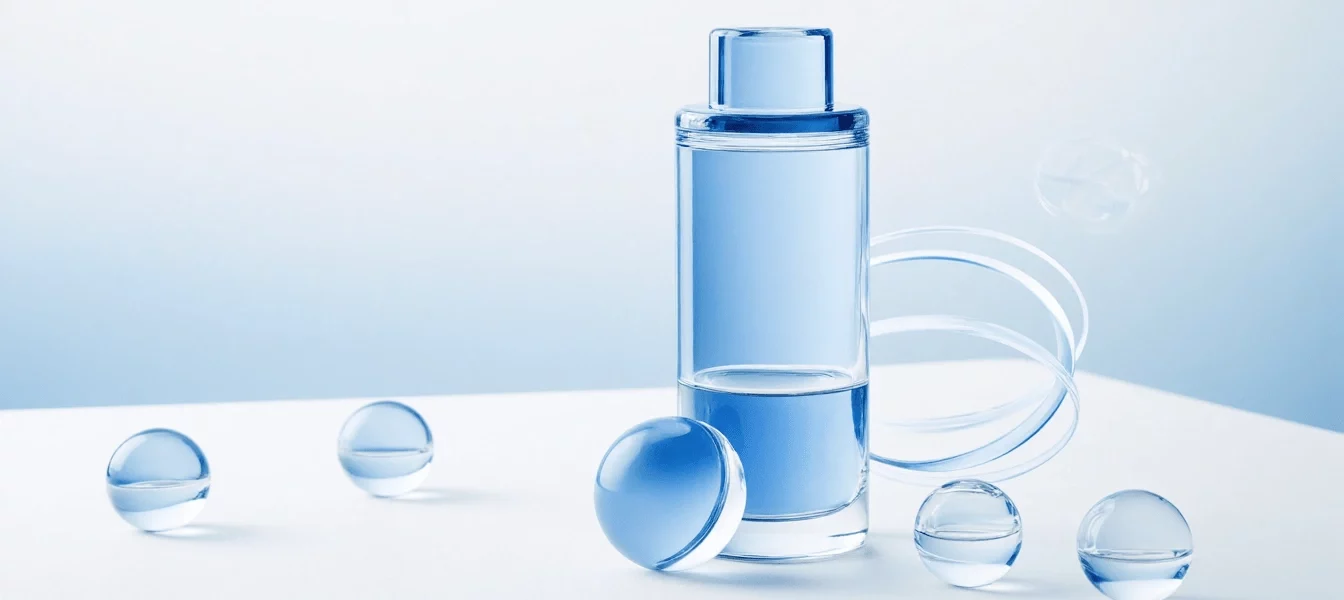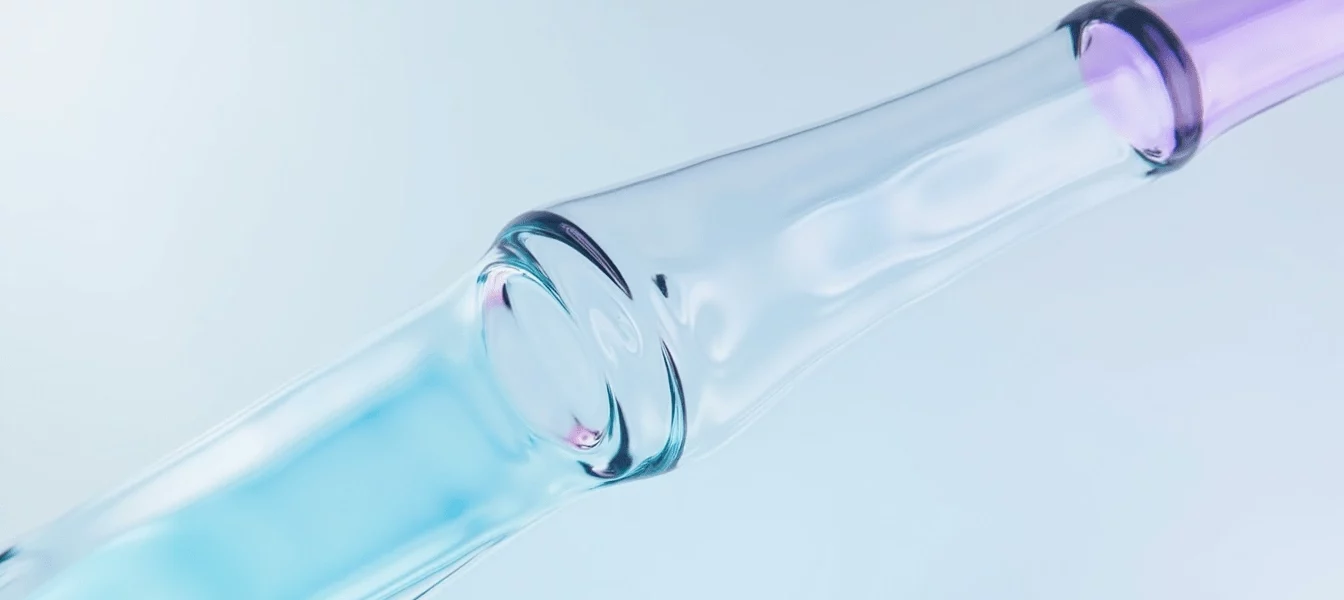Description of the study
This prospective open-label study was designed to evaluate the dermal filler for the treatment of nasolabial folds and marionette lines, targeting medium facial lines and depressions in patients aged 25-65. The study operates as a post-market clinical follow-up (PMCF), providing extended data to support the safety and efficacy of the filler in real-world settings. The study will assess patient outcomes for up to 24 months post-treatment, with evaluations of efficacy at various intervals (nd safety monitored at more frequent intervals.
The primary endpoint for efficacy is the percentage of patients showing improvement based on the Global Assessment Improvement Scale (GAIS) at six months, as assessed by an independent evaluator using standardized photographs. Secondary endpoints include improvement on the wrinkle severity rating scale and marionette line scale across several time points. Patient self-assessment of satisfaction and improvements were also measured at each time point.
Interim analysis after six months indicated a strong correlation between treatment show significant improvement in facial lines, with few reported adverse events. The study continues to collect data to complete the final analysis at 24 months.







